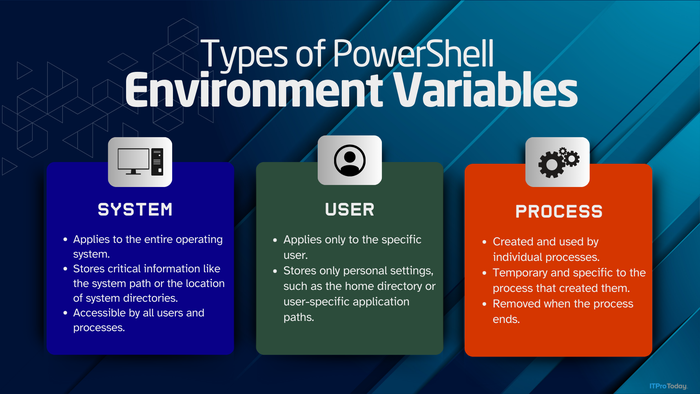Would Einstein say your method for IT management is insane?Would Einstein say your method for IT management is insane?
Are you familiar with Albert Einstein’s definition of insanity? One can make the case it applies to IT pros that haven’t embraced centralized IT management – a game-changer that can transform your business. But first, a quick refresher: Einstein said insanity is “doing the same thing over and over again, and expecting different results.”
January 22, 2015

Are you familiar with Albert Einstein’s definition of insanity? One can make the case it applies to IT pros that haven’t embraced centralized IT management – a game-changer that can transform your business.
But first, a quick refresher: Einstein said insanity is “doing the same thing over and over again, and expecting different results.”
Now ask if the traditional IT management method you continue to apply meets Einstein’s definition. If you’re unsure, compare your antiquated approach to competitors who monitor, manage and secure their networks from virtually anywhere, at any time, via a single, web-based console.
If you’re in the first group, it’s crazy to think you can keep up.
Here are some of the advantages for IT departments that integrate a comprehensive, cloud-based platform capable of automating the process.
Stronger network security
The dreaded data breach was a year-long storyline in 2014. Expecting the volume and sophistication of cyber-attacks to diminish in 2015 is nothing short of wishful thinking.
According to Verizon’s 2014 Data Breach Investigations Report, “We have more incidents, more sources, and more variation than ever before — and trying to approach tens of thousands of incidents using the same techniques simply won’t cut it.”
Today’s most vigilant IT pros can’t protect their networks alone. A hosted platform that integrates antivirus, patch management and web protection is an IT security essential.
Greater visibility into remote machines and devices
A growing number of employees are working from outside the office, which means they often need remote PCs to access and share business-critical information. And that places tremendous pressure on all IT pros – most of all those with limited visibility into the machines connecting to their network.
“Most data-stealing malware that infects PCs arrives via the web and email,” an Entrepreneur article noted in 2012.
Other than the size and sophistication of such attacks increasing, what about that statement no longer holds true?
Lower costs, higher productivity
According to this recent blog post for ControlNow, the average estimated cost of a help desk call typically ranges from $30 to $40 dollars. These costs are often associated with productivity.
“In recent years,” the post says, “much of the effort around reducing the volume of help desk calls has centered (on) providing users with self-help capabilities. For example, many organizations now allow users to reset their own passwords. Although such features can conceivably reduce help desk volume, self-help features do nothing to address the problem of help desk calls resulting from endpoint malfunctions.”
As recently as 2013, the SANS Institute published in its Help Desk Security and Privacy Survey that “traditional on-premise help desk tools” – such as those for system and asset management – “are being ditched for numerous reasons.” Chief among those reasons are cost, the need for flexibility and scalability, and the desire to avoid growing technologically archaic.
Taking a proactive approach to IT management is largely about the solutions you use. But it’s also a mentality.
Minus the right mindset, you’ll be hard-pressed to transform your IT operation.
Jenny Carpenter is ControlNow Marketing Programs Manager at LogicNow
About the Author
You May Also Like






.jpg?width=700&auto=webp&quality=80&disable=upscale)
